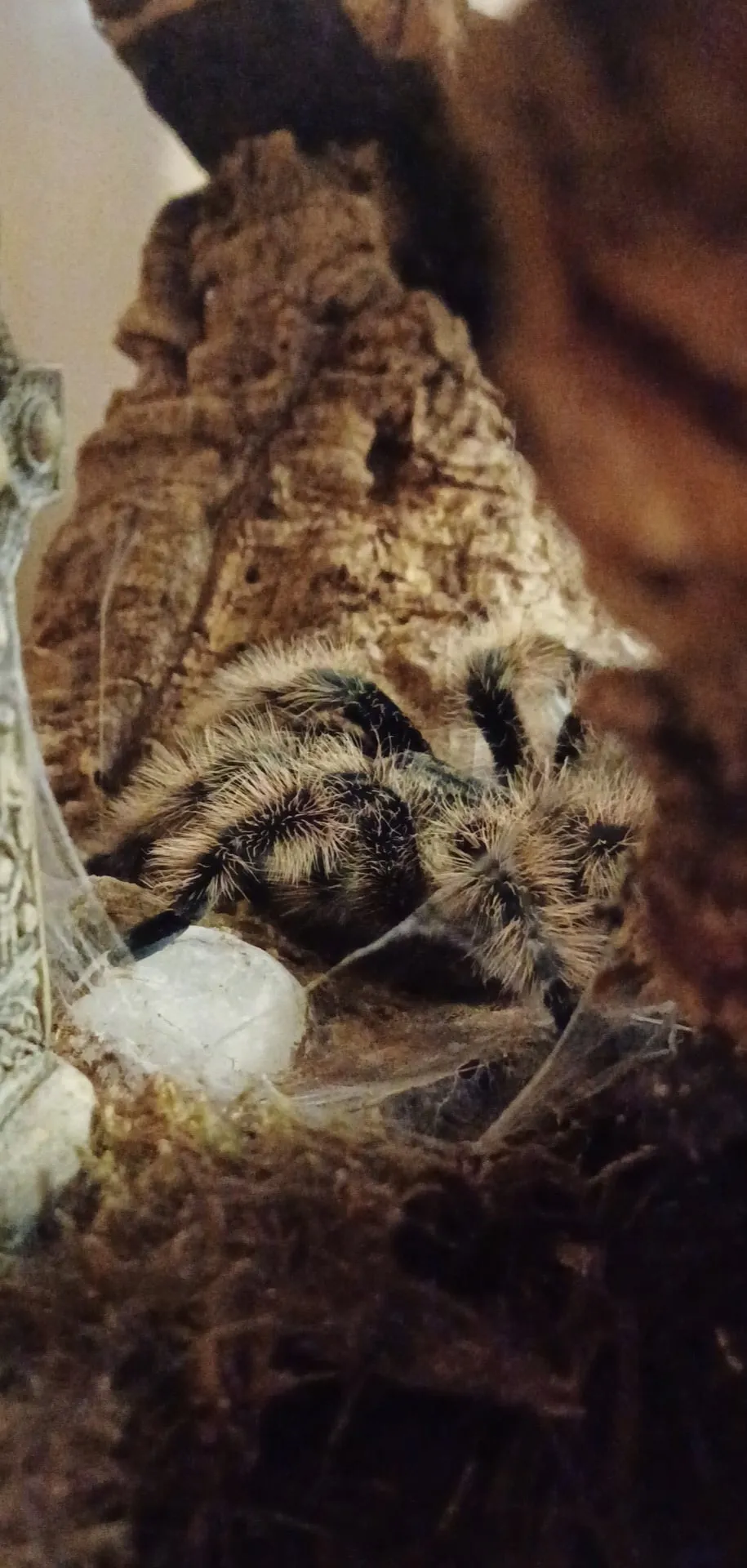Embarking on the journey of tarantula ownership can be an incredibly rewarding experience. These fascinating arachnids are relatively low-maintenance pets, captivating many with their unique appearance and intriguing behaviors. However, like any pet, tarantulas require specific care to thrive. This comprehensive guide, “Tarantula Care 101: How to Get Started”, is designed to provide aspiring tarantula keepers with the essential knowledge needed to ensure their new pet enjoys a long, healthy, and fulfilling life. From selecting the right species to understanding their dietary needs and creating a suitable environment, this guide covers all the key aspects of responsible tarantula care. Let’s get started on the exciting adventure of tarantula ownership!
Choosing Your First Tarantula
The first step in becoming a tarantula owner is choosing the right pet. This decision involves careful consideration of your lifestyle, experience level, and the specific needs of different tarantula species. Researching different species is critical, as their temperaments, care requirements, and sizes vary significantly. Beginner-friendly species are often recommended for those new to tarantula ownership. Taking the time to research and learn about the different species is the key to successfully keeping these amazing creatures.
Selecting a Healthy Tarantula
When selecting your tarantula, it’s crucial to choose a healthy specimen. This will increase the chances of your pet thriving. A healthy tarantula will display specific characteristics. These factors include being active, alert, and free of any visible injuries or parasites. Always buy your tarantula from a reputable breeder or pet store that can provide you with information about the tarantula’s origin, age, and health history. This will give you a solid foundation for successful tarantula care.
Identifying Healthy Tarantulas
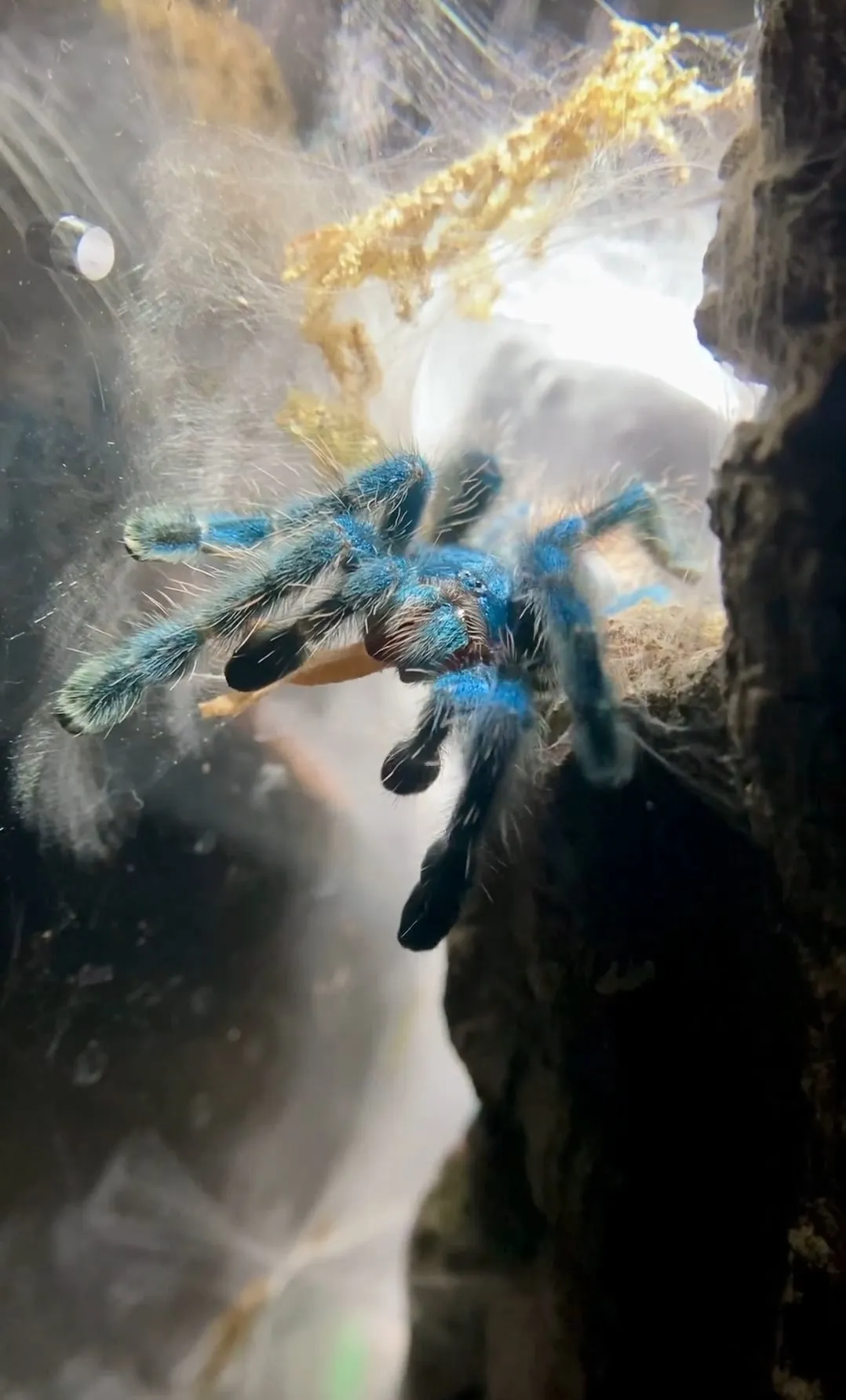
Examine the tarantula’s body for any signs of damage, such as missing legs, broken fangs, or abrasions. Check for a plump abdomen, which indicates good health and proper hydration. Avoid tarantulas that appear lethargic or uncoordinated, as these may be signs of illness or stress. Clear eyes and a responsive posture are good indicators of health. The tarantula should also be in good body condition, with a full abdomen that suggests they have been eating. A tarantula that appears to be in good condition will be a happy and healthy pet.
Choosing the Right Species
Choosing the right tarantula species for a beginner is crucial. Some species are known for being docile and relatively easy to care for, making them ideal for those new to the hobby. These species are less likely to exhibit defensive behaviors and have less complex care requirements. Researching the species’ temperament, size, and specific care needs is essential before making a purchase. This includes the ideal enclosure size, humidity, temperature, and dietary requirements. Understanding these aspects will set you up for success as a tarantula owner.
Popular Beginner Tarantula Species
Several tarantula species are highly recommended for beginners due to their docile nature and ease of care. The Chilean rose hair tarantula (Grammostola rosea) is one of the most popular choices. They are known for their calm temperament and relatively slow growth rate. The Mexican red knee tarantula (Brachypelma hamorii) is another excellent option, prized for its striking coloration and gentle disposition. The common name refers to the red joints on their legs. Other good choices include the Pinktoe tarantula (Avicularia avicularia) and the Curly Hair Tarantula (Tliltocatl albopilosus), each offering unique characteristics and care requirements that are manageable for beginners. Remember to research each species thoroughly before making your decision.
Setting Up Your Tarantula’s Enclosure
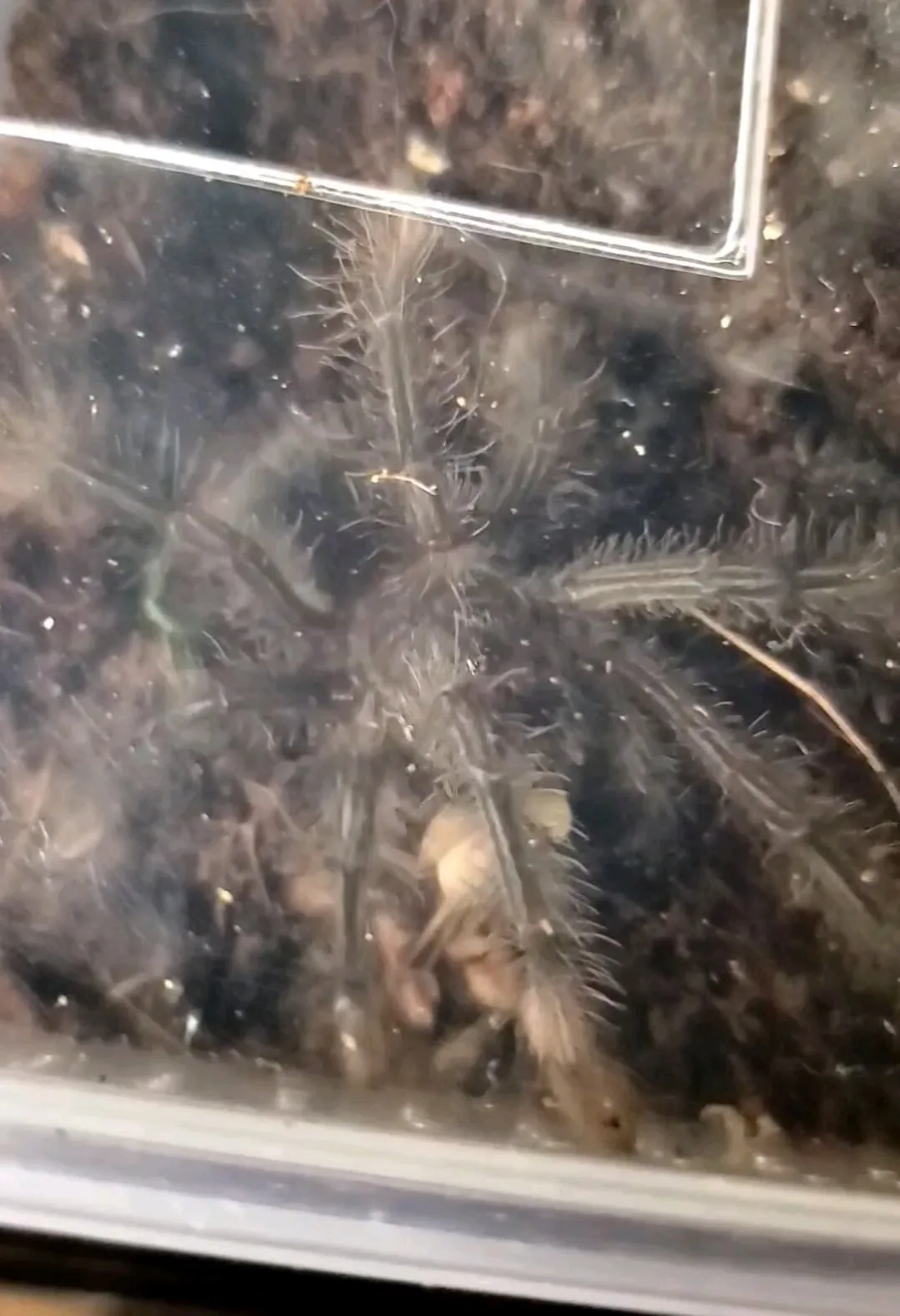
Creating a suitable enclosure is paramount to your tarantula’s well-being. A well-designed enclosure provides a safe and stimulating environment. It also allows your tarantula to thrive. The key elements include proper size, substrate, temperature, humidity, and appropriate furnishings. An improperly set-up enclosure can lead to stress, health issues, and even premature death. Investing time and effort into creating the ideal habitat will pay dividends in your tarantula’s health and longevity. This means providing the correct environment that mimics their natural habitat.
Choosing the Right Enclosure Size
The size of the enclosure should be appropriate for the tarantula’s size, with larger species needing more space. As a general rule, the enclosure should be at least two to three times the tarantula’s leg span in width and length. The height of the enclosure is also important, especially for arboreal species that climb. They need enough height to allow them to move freely. Overly large enclosures can make it difficult for the tarantula to find its food. Also, the enclosure should have a secure lid to prevent escapes. Always consider the tarantula’s adult size when selecting an enclosure. This will ensure the enclosure can serve them throughout their life.
Substrate Selection
The substrate forms the base of the enclosure and serves multiple purposes, including providing a comfortable surface for the tarantula to walk on, aiding in humidity control, and allowing for burrowing in terrestrial species. Suitable substrates include a mix of coco coir, peat moss, and vermiculite. The substrate should be deep enough to allow for burrowing, which is a natural behavior for many tarantulas. Avoid using substrates that can be toxic, such as cedar or pine shavings. A well-chosen substrate contributes significantly to the tarantula’s well-being by helping regulate humidity and providing a safe and natural environment.
Temperature and Humidity Control
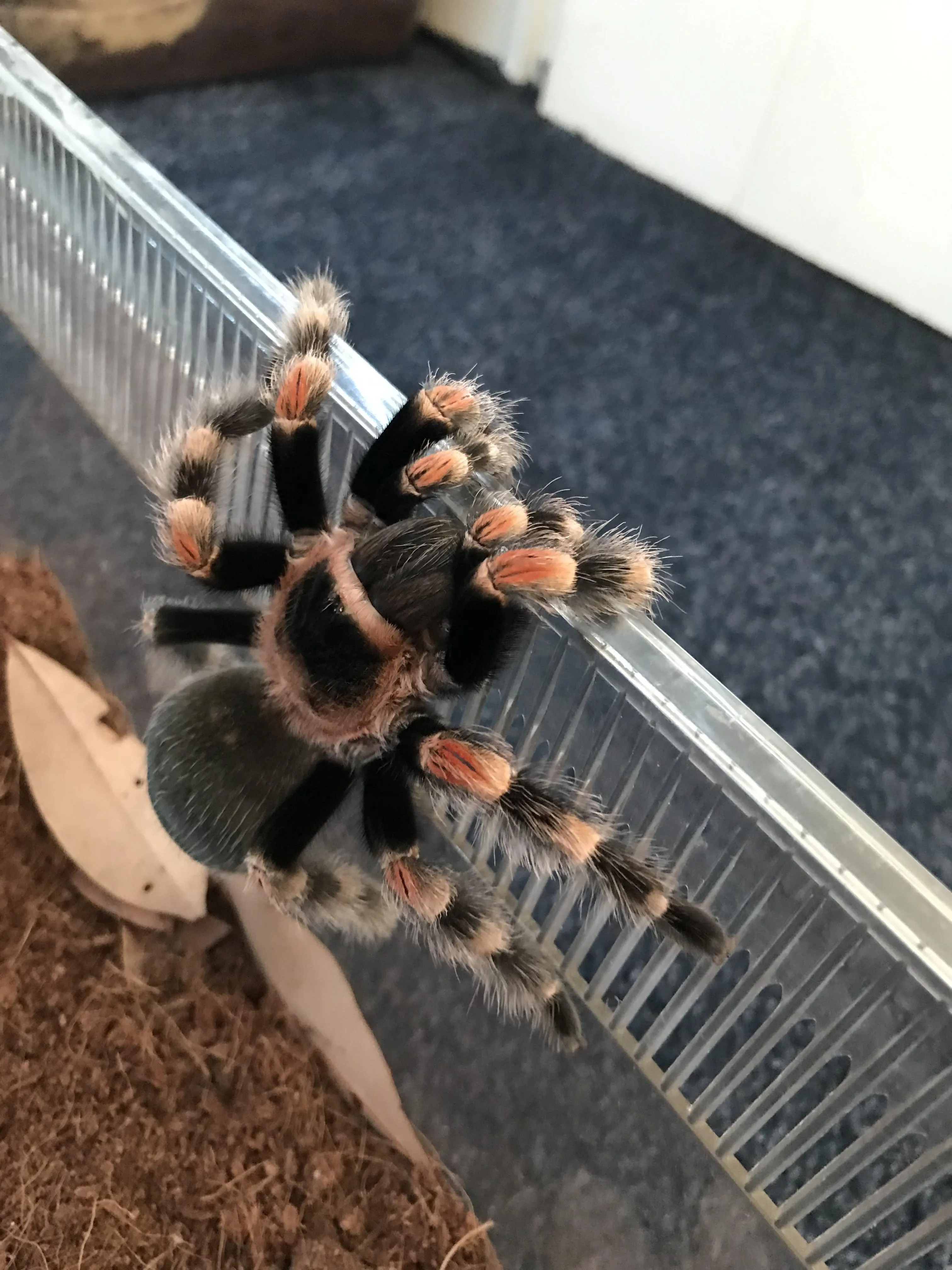
Tarantulas thrive within specific temperature and humidity ranges, which vary by species. Generally, a temperature between 75-85°F (24-29°C) is ideal. Monitoring the temperature with a reliable thermometer is essential. Humidity levels should be maintained by lightly misting the enclosure with water, as needed. The humidity levels depend on the species, so research is vital. Using a hygrometer to monitor the humidity is a good idea. Proper temperature and humidity are crucial for the tarantula’s health and molting process. Providing a consistent environment that meets the specific needs of the species will contribute significantly to their overall health and vitality.
Providing Hiding Places and Enrichment
Tarantulas are naturally reclusive and need hiding places to feel secure. Providing a hide, such as a piece of cork bark, a half-log, or a commercially available hide, is essential. Enrichment items, such as artificial plants or decorations, can also be added to the enclosure. These additions give the tarantula a more stimulating environment. The hiding places should be appropriate in size for the tarantula and positioned in a way that allows the tarantula to feel safe and secure. The enrichment items should be non-toxic and safe for the tarantula. These can also add visual interest to the enclosure. A well-furnished enclosure can reduce stress. It also allows the tarantula to express natural behaviors.
Feeding Your Tarantula
Feeding your tarantula properly is crucial for its health and growth. Tarantulas have specific dietary needs. They require live insects. The frequency and amount of food depend on the tarantula’s age, species, and metabolism. Providing the appropriate food and feeding schedule will keep your tarantula happy and healthy. It also ensures that the tarantula receives the necessary nutrients for optimal growth and development. It is best to research the specific dietary needs of your tarantula species and follow the guidelines for best results.
Choosing the Right Food
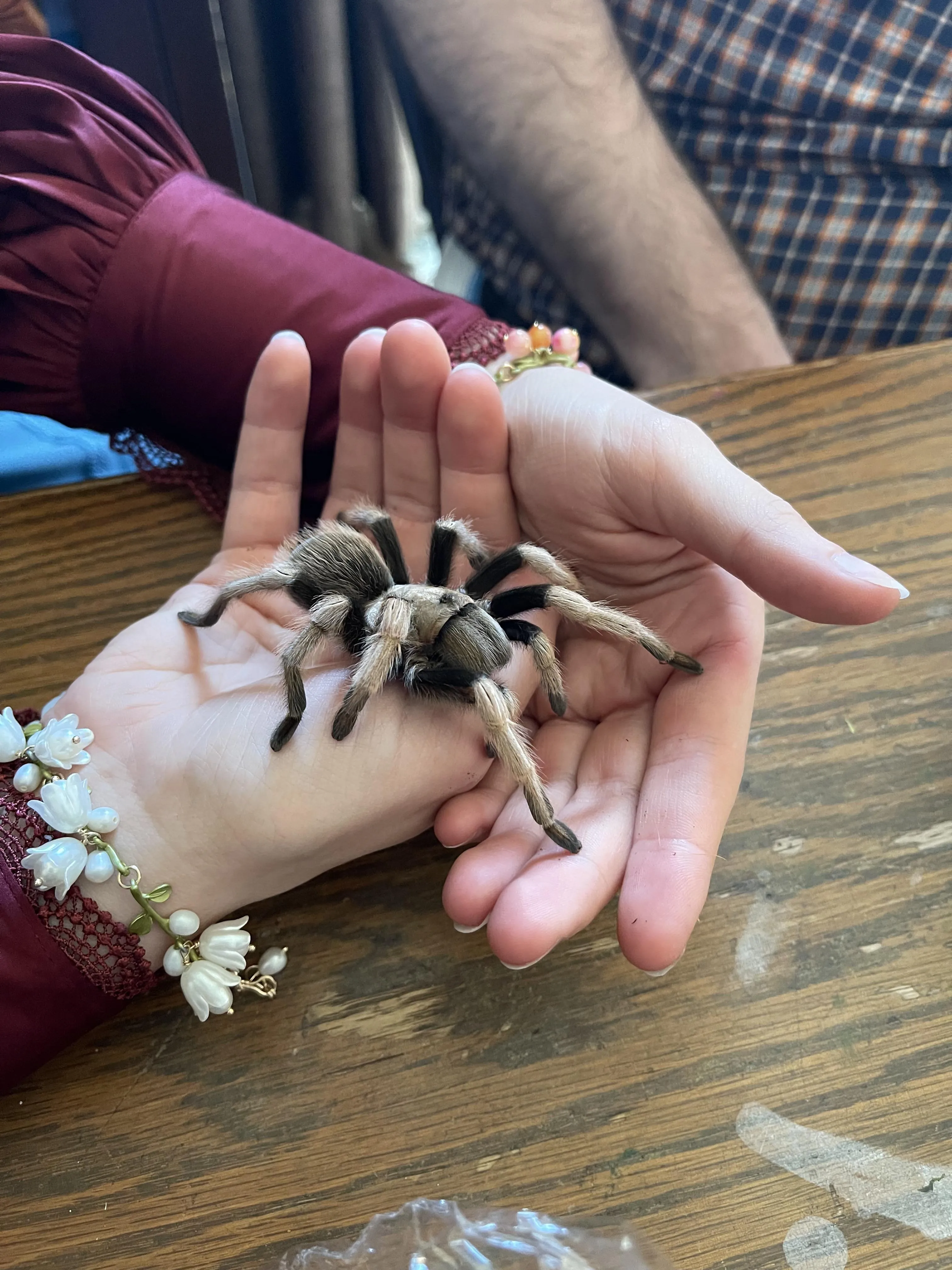
Tarantulas primarily eat live insects, with crickets, mealworms, and roaches being the most common choices. The size of the insects should be appropriate for the tarantula, with the general rule being that the prey should be no larger than the tarantula’s body. Feeding your tarantula with a varied diet can ensure that your pet receives a wide range of nutrients. The insects should be gut-loaded before being fed to the tarantula. This means feeding the insects nutritious food, such as vegetables, before offering them to your tarantula. This process ensures that the tarantula consumes a more nutritious meal.
Feeding Frequency and Amounts
The feeding frequency depends on the tarantula’s age and growth rate. Spiderlings and juvenile tarantulas often need to be fed more frequently, sometimes several times a week. Adult tarantulas can be fed less often, typically once or twice a week. Observe your tarantula’s behavior to gauge its appetite. If it consistently refuses food, it might be preparing to molt. Remove any uneaten prey within 24 hours to prevent stress to the tarantula. Provide fresh water at all times, and do not overfeed them.
Watering Your Tarantula
Providing fresh water is essential for your tarantula’s health. Use a shallow water dish or water gel to provide a constant water source. Ensure the water source is accessible but not too deep, to prevent the tarantula from drowning. The water should be changed regularly to maintain its cleanliness. Regularly monitoring the water source helps to prevent dehydration. Keeping the water fresh promotes the health of the tarantula and prevents any bacterial growth. It is recommended to offer the tarantula a water source at all times.
Handling Your Tarantula

While tarantulas are not typically pets you handle often, understanding how to handle them safely is important. Handling should be kept to a minimum, as it can be stressful for the tarantula. If you choose to handle your tarantula, doing it carefully and with respect for its natural behaviors is vital. Understanding the tarantula’s temperament and knowing how to respond to the situation will contribute to the success and safety of the handling process. Taking the necessary precautions is crucial for both your safety and the well-being of the tarantula.
Understanding Tarantula Temperament
Tarantula temperaments vary by species, with some being more docile than others. Some species are known to be defensive and may bite or flick urticating hairs. Before attempting to handle your tarantula, research its specific species to understand its potential behaviors. Observe your tarantula’s behavior in its enclosure. Note its posture and any signs of stress, such as raised front legs or a defensive stance. These behaviors are essential in the decision-making process. This allows you to recognize if the tarantula is in the right mindset to be handled or not.
Safe Handling Practices
If you choose to handle your tarantula, do so with caution and respect. Avoid sudden movements and handle the tarantula close to the ground to minimize the risk of falls. Use a soft, wide surface. This is if the tarantula is going to be handled outside of its enclosure. Wash your hands before and after handling, and avoid handling your tarantula if you have any cuts or sores on your hands. Never force a tarantula to be handled and always return it to its enclosure if it becomes stressed or agitated. These practices are intended to prioritize the safety of both the handler and the tarantula.
Tarantula Health and Maintenance

Maintaining your tarantula’s health involves recognizing the signs of illness, understanding the molting process, and keeping the enclosure clean. Regularly monitoring your tarantula’s health will allow you to address any potential issues promptly. Early detection is crucial for ensuring that the tarantula remains in good health. You can also make sure that the necessary measures are taken to promote a healthy lifestyle. These measures include providing the proper environment, food, and care.
Recognizing Signs of Illness
Be vigilant in watching for signs of illness in your tarantula, which include lethargy, loss of appetite, unusual postures, or a swollen abdomen. Other indicators include discharge from the mouth or legs, or any visible injuries. If you observe any of these signs, consult with a veterinarian experienced in treating exotic animals. Early intervention is critical to the successful treatment of any health issue. It is important to be proactive in monitoring the tarantula’s health.
Molting and What to Expect
Molting is a natural process in which tarantulas shed their exoskeletons to grow. During molting, the tarantula may stop eating and appear lethargic. It may also lay on its back. Do not disturb a tarantula that is molting, as it is a vulnerable time. Once the molting process is complete, the tarantula will have a new exoskeleton and its colors may be more vibrant. The entire molting process can take some time. You should provide a safe environment for your pet during this period. Provide water for the tarantula to drink.
Cleaning and Maintaining the Enclosure
Regularly clean your tarantula’s enclosure to maintain a healthy environment. Spot-clean the enclosure weekly, removing any uneaten food, old exoskeletons, and feces. Replace the substrate periodically, depending on the type of substrate and the species. The frequency of replacement depends on the species. Clean the enclosure thoroughly with a reptile-safe disinfectant every few months. Maintaining the cleanliness of the enclosure is essential for preventing the buildup of bacteria, and it provides a healthy environment for the tarantula. Regularly maintaining the enclosure will promote the health and longevity of the tarantula.
Conclusion
Caring for a tarantula can be a rewarding experience, but it requires commitment and a thorough understanding of their needs. By following the guidelines in this “Tarantula Care 101: How to Get Started” guide, you can ensure that your tarantula lives a long, healthy, and fulfilling life. Remember to always research your specific tarantula species, provide a suitable environment, feed it appropriately, and handle it with care. With proper care and attention, you can enjoy the fascinating world of tarantula ownership for years to come. Now you are ready to embark on the journey of tarantula ownership and enjoy the rewarding experience of keeping these amazing creatures!
